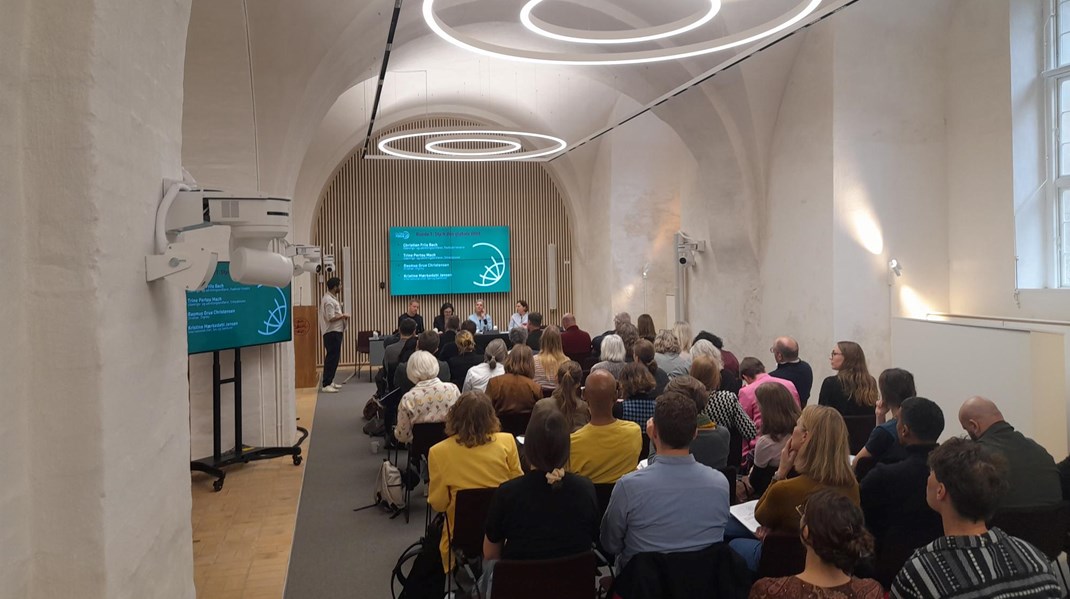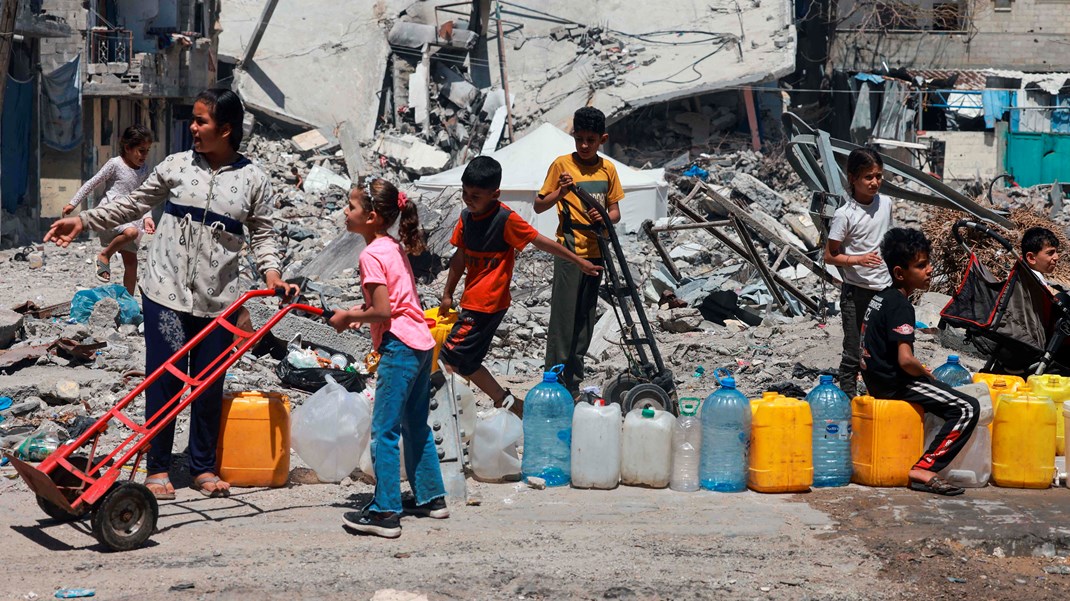Sierra Leone Mudslide: At least 400 people dead and 3,000 left homeless
Crisis overview
Rains in Freetown started on Sunday 13 August and have continued since. At least 400 people, including at least 60 children, were killed following the collapse of a hillside in the Regent area near the capital, in Greater Freetown early on Monday morning, as many people were asleep. Since 1 July, Freetown has received triple the usual amount of rain. Most affected areas are within an area known as Regent. Three other communities were inundated, at Lumley in the west of Freetown as well as Kissy Brook and Dworzak Farm.
Key findings
Anticipated scope and scale
Weather forecasts indicate further heavy rain is expected this week in Freetown. More rain is likely to fall until the end of the rainy season in November, which could lead to further flooding.
The risk of waterborne diseases is high, and compounded by a poor health system. An outbreak due to contamination of water sources and inadequate health services poses a serious risk.
Cholera is endemic and outbreaks are recurrent in Sierra Leone.
Key priorities
Shelter: At least 3,000 people are homeless and over 300 houses have been destroyed.
WASH: Contamination of drinking water and sewage overflows are expected. Access to safe drinking water is a priority.
Health: Poor WASH system, crowded conditions, and a lack of adherence to infection prevention measures could lead to new localised outbreaks.


